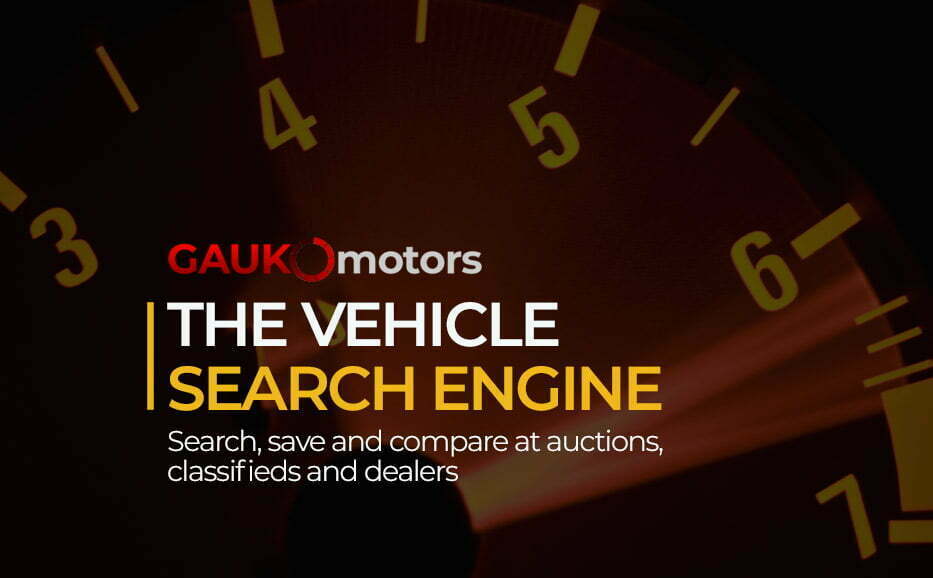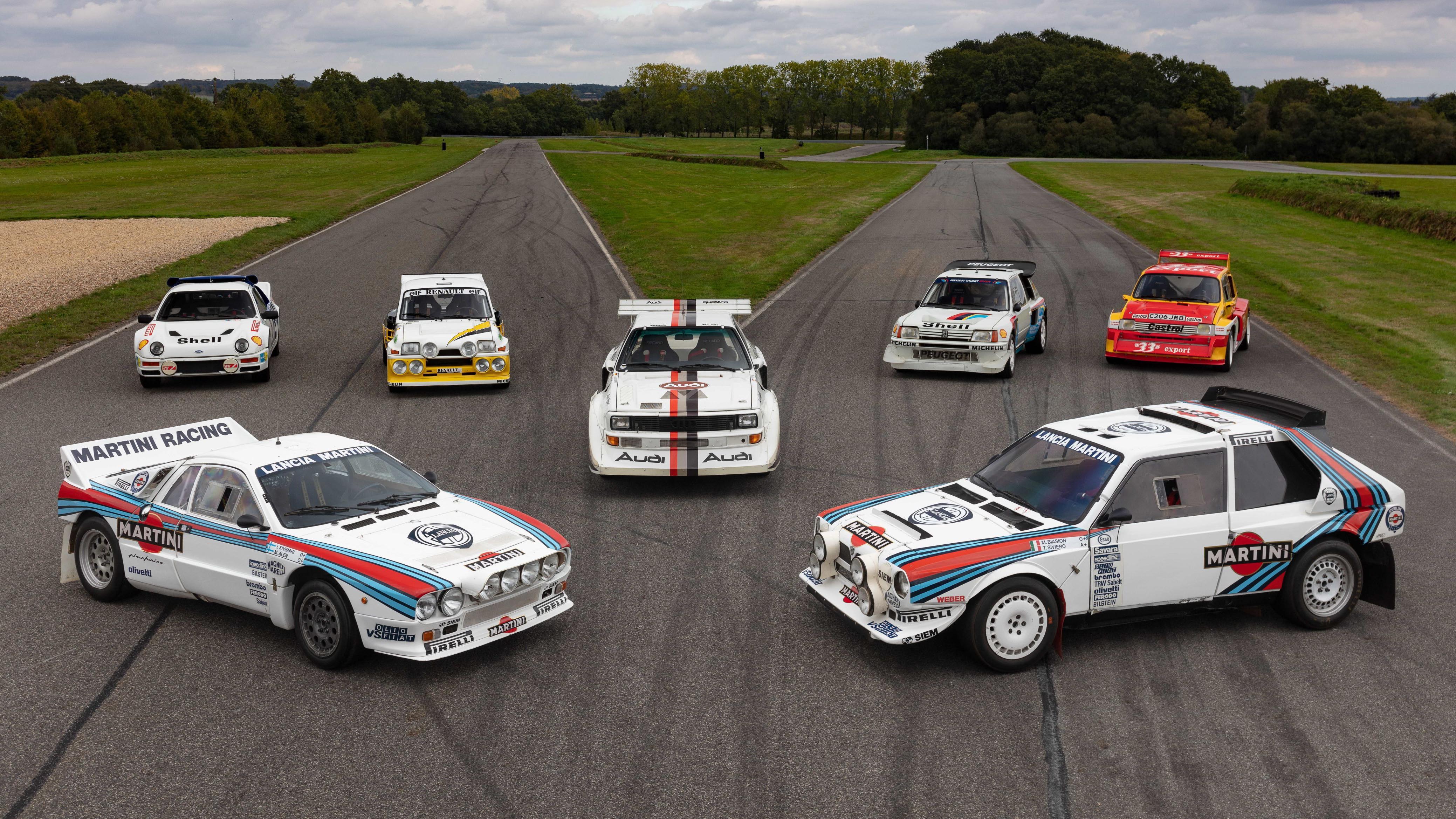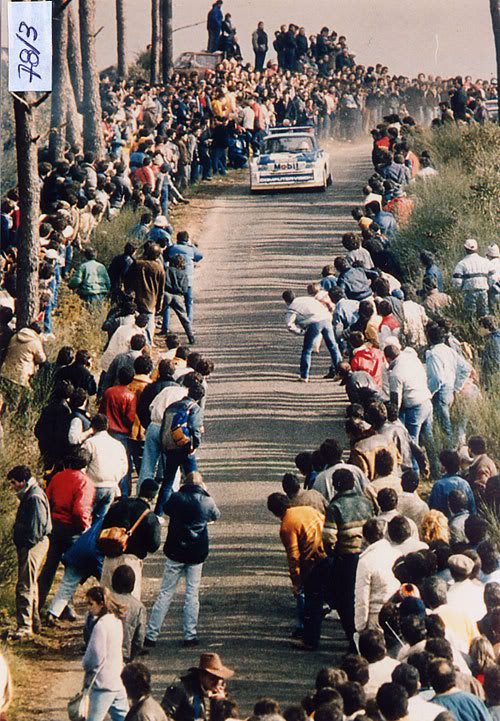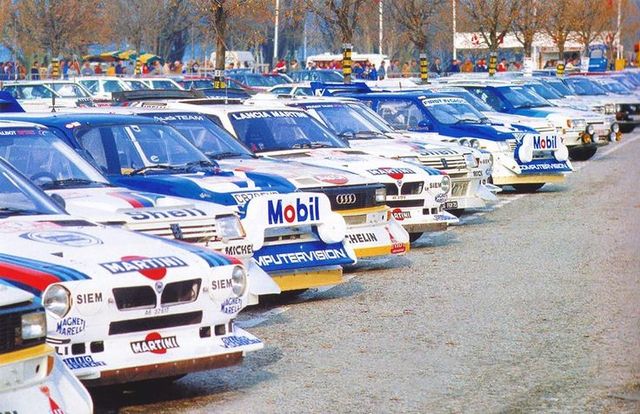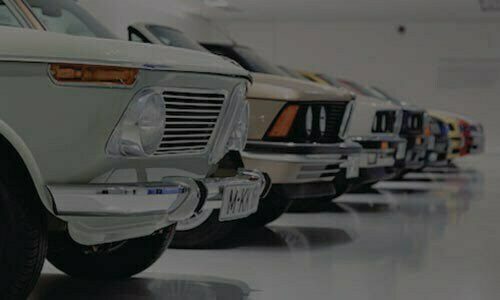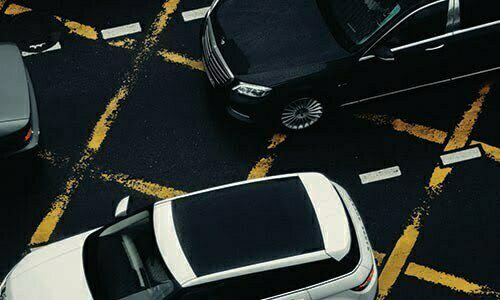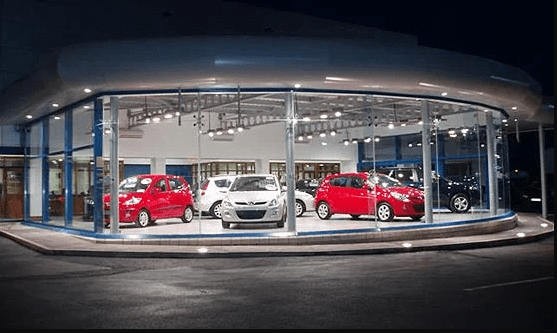The Era of Group B Rally Car Madness: A Glimpse into the Most Exciting and Dangerous Period in Motorsport History
In the world of motorsports, few eras have left as indelible a mark as the infamous Group B era of rally racing.
Spanning from 1982 to 1986, Group B was a period of unrivaled excitement, innovation, and danger. It pushed the boundaries of automotive engineering and showcased the raw power and agility of rally cars like never before. However, this golden age of rallying was cut short due to the inherent risks involved, making it a truly captivating and bittersweet chapter in motorsport history.
Group B was characterized by a set of regulations that allowed manufacturers to unleash their creativity and produce some of the most extreme rally cars ever built. With minimal restrictions on technology, weight, and power output, teams pushed the limits in pursuit of victory. The result was a collection of awe-inspiring machines that became the stuff of legends.
These rally monsters were equipped with turbocharged engines, producing mind-boggling horsepower figures. From the Ford RS200 to the Lancia Delta S4 and the Peugeot 205 T16, each car possessed its own unique personality and was capable of blistering acceleration that left spectators in awe. The combination of lightweight construction, advanced suspension systems, and all-wheel drive made these cars nimble and agile, allowing them to tackle treacherous terrains with remarkable precision.
But with great power came great risk. The sheer speed and power of Group B cars made them incredibly challenging to control, even for the most skilled drivers. Spectators, who would often stand perilously close to the action, witnessed breathtaking displays of skill and bravery as drivers navigated hairpin turns and launched their cars over jumps. However, this close proximity to the action also led to several tragic accidents, both for drivers and spectators. These incidents ultimately led to the demise of the Group B era, as safety concerns forced the governing body to discontinue the class.
Despite its relatively short lifespan, Group B left an indelible mark on the world of motorsport. It pushed automotive technology to new heights and showcased the extraordinary capabilities of rally cars. The legendary battles between manufacturers like Audi, Peugeot, Lancia, and Ford captivated audiences around the world, elevating the sport to new levels of popularity.
Today, the legacy of Group B lives on in the hearts of enthusiasts and the iconic cars that defined the era. These machines continue to be revered for their sheer power, aggressive styling, and the unforgettable sights and sounds they produced on rally stages. Group B represents a time when passion, innovation, and a relentless pursuit of victory combined to create an era of unparalleled excitement and spectacle.
In conclusion, the Group B era of rally racing stands as a testament to the audacity and bravery of both drivers and manufacturers. It was a time when boundaries were pushed, risks were taken, and the pursuit of speed and glory knew no bounds. While it may have been a brief and tumultuous period in motorsport history, its impact is still felt today, reminding us of the unyielding spirit of competition and the unrelenting pursuit of automotive excellence.
Group B, introduced by FISA in 1982, marked a new era in rallying. It aimed to increase manufacturer participation and provide more flexibility in car design. This regulation replaced the outdated Group 4 rules that had been in place for nearly a decade. To compete, manufacturers had to build 200 road-legal cars and an additional 20 cars for evolution models.
The first full season of Group B kicked off in 1983 at the prestigious Monte Carlo Rally. At that point, nobody could have predicted the astonishing evolution the cars would undergo over the next few years. However, Group B’s existence was cut short after just five seasons due to a series of accidents, prompting FISA to ban the cars indefinitely.
Let’s take a closer look at some of the prominent teams and drivers that left their mark during the Group B era:
Audi: Audi revolutionized rallying with their 4WD Quattro, which debuted during the late years of Group 4 and the early years of Group B. Based on a production car, the Quattro initially suffered from understeer issues. Despite continuous evolution attempts, the car’s success waned after the 1984 season. The shorter wheelbase Quattro S1 aimed to address the understeer problem but driver Stig Blomqvist preferred the traditional longer wheelbase A2 version, winning the 1984 Drivers’ Championship. The S1E2 evolution had a brief stint, winning only one event in 1985. Throughout the Group B period, the Quattro secured 13 victories with various evolutions.
Lancia: Lancia was one of the pioneers in Group B, entering the scene with the rear-wheel-drive 037. Despite its unconventional drivetrain, the 037 challenged Audi’s dominance. It showed great promise on tarmac and solid performance on gravel. With drivers like Markku Alen, Attilio Bettega, and Walter Rohrl, Lancia clinched the 1983 Manufacturers’ title. However, the 037’s competitiveness diminished, leading Lancia to develop its successor, the Delta S4. The S4 made a remarkable debut, securing a 1-2 finish at its first event, the RAC rally. It went on to claim another three victories before tragedy struck at the Corsican round, where Henri Toivonen and Sergio Cresto lost their lives in a fatal accident.
Peugeot: Peugeot entered the Group B fray in 1984 with the 205 T16, aiming to challenge Audi and Lancia. The car’s first victory came at the 1000 Lakes rally in 1984 with Ari Vatanen behind the wheel. Peugeot continued to evolve the T16, introducing the E2 variant in 1985. However, this event was overshadowed by the tragic death of Attilio Bettega in a Lancia 037. The T16 Evolution 2 went on to secure 10 victories and two drivers’ and manufacturers’ titles. Peugeot faced controversy when it continued to use side skirts, despite FISA banning them after the deaths of Toivonen and Cresto. The ensuing appeal and canceled results granted Peugeot the drivers’ championship by a narrow margin.
Austin Rover/MG: Austin Rover joined Group B with the Metro 6R4, featuring a mid-engined layout and radical aerodynamic elements. Although overshadowed by competitors, the 6R4 achieved a commendable third-place finish at its debut event, the 1985 RAC rally. While the car didn’t achieve significant success on the world stage, it found success in national championships with its naturally aspirated engine.
Ford: Ford’s entry into Group B came with the Ford RS200. Initially, the RS200 struggled with reliability issues, but it showed potential with its mid-engine layout and advanced technology. The car’s development was cut short when Group B was banned, preventing it from reaching its full potential. Nevertheless, the RS200 continued to compete in other rally championships and motorsport events following Group B’s demise.
Group B’s downfall can be attributed to a series of high-profile accidents that resulted in driver and spectator fatalities. The fatal crashes of Henri Toivonen and Sergio Cresto in 1986 and Joaquim Santos in 1986, among others, raised concerns about the safety of the cars and the ability to control their immense power. FISA responded by imposing stricter regulations, but it was ultimately decided to ban Group B indefinitely.
The Group B era remains one of the most thrilling and tragic chapters in motorsport history. It showcased the capabilities of rally cars and pushed the boundaries of engineering and performance. While its demise was unfortunate, the legacy of Group B lives on through the iconic cars and the memories of those who witnessed their raw power and breathtaking speed.

MORE VEHICLES
GAUK has developed powerful aggregation software that is monitored by real, live humans and only sources clean data.AUCTIONS
Search ALL vehicles coming up for auction at the country’s leading sale rooms.CLASSIFIEDS
Each day we gather up-to-the-minute information from multiple car classifieds websites across the internetDEALERS
Search, save and compare car dealer vehicles across the entire UK.

Joel Marchant



